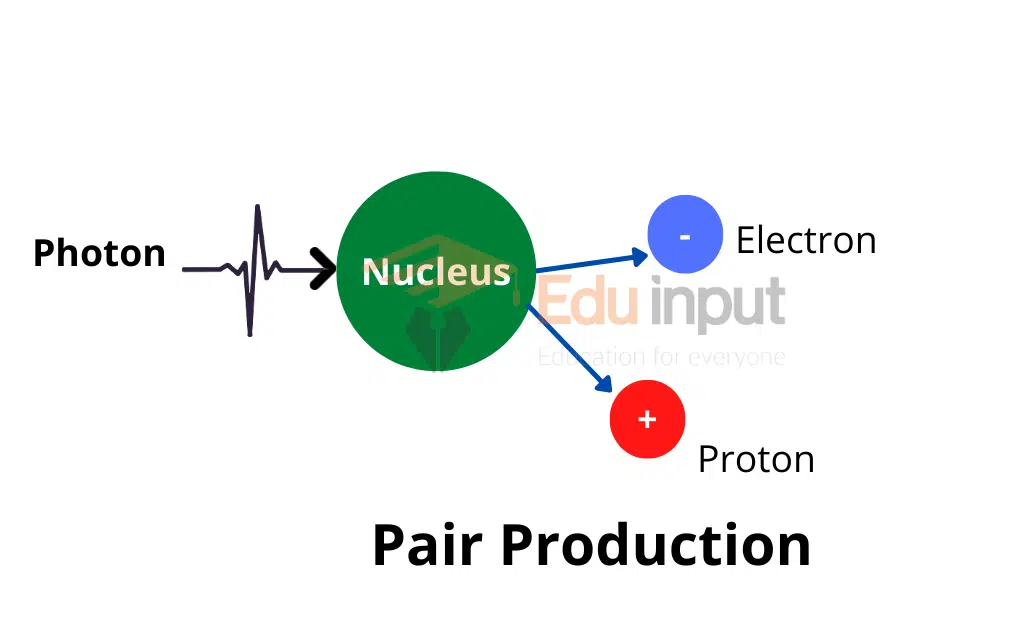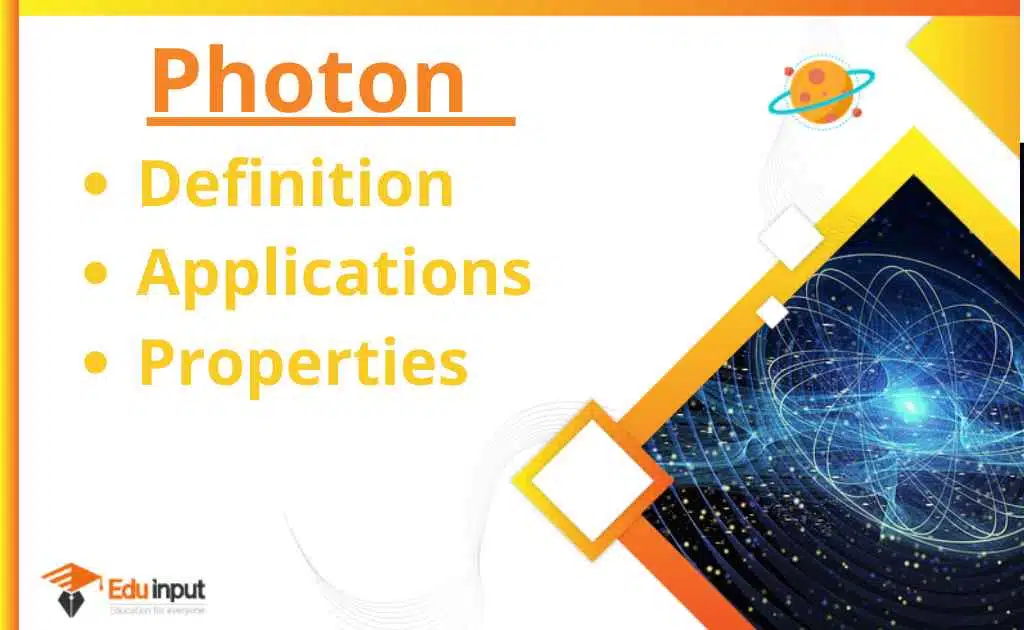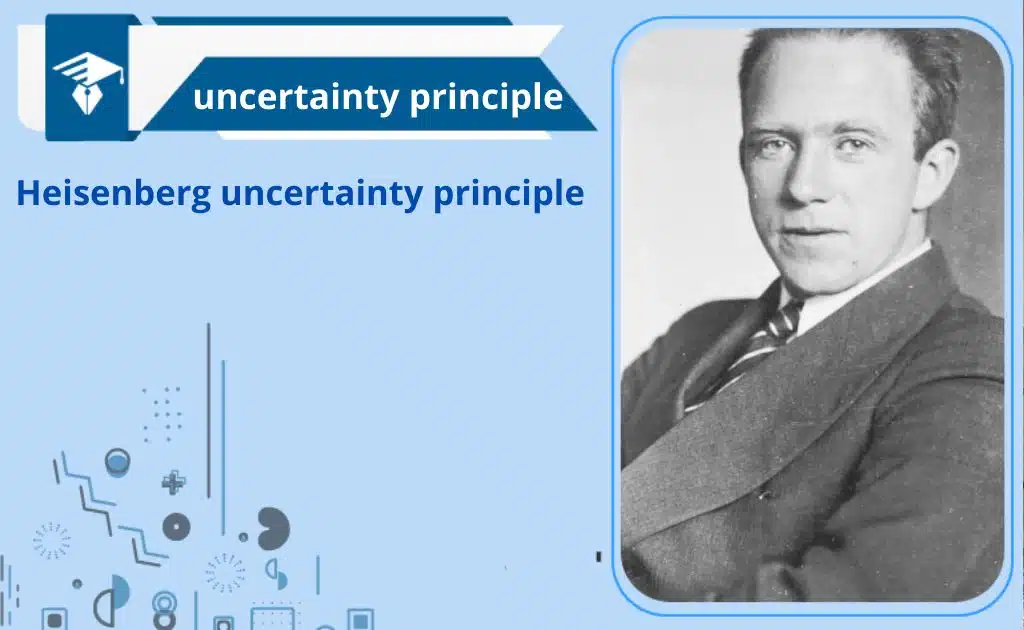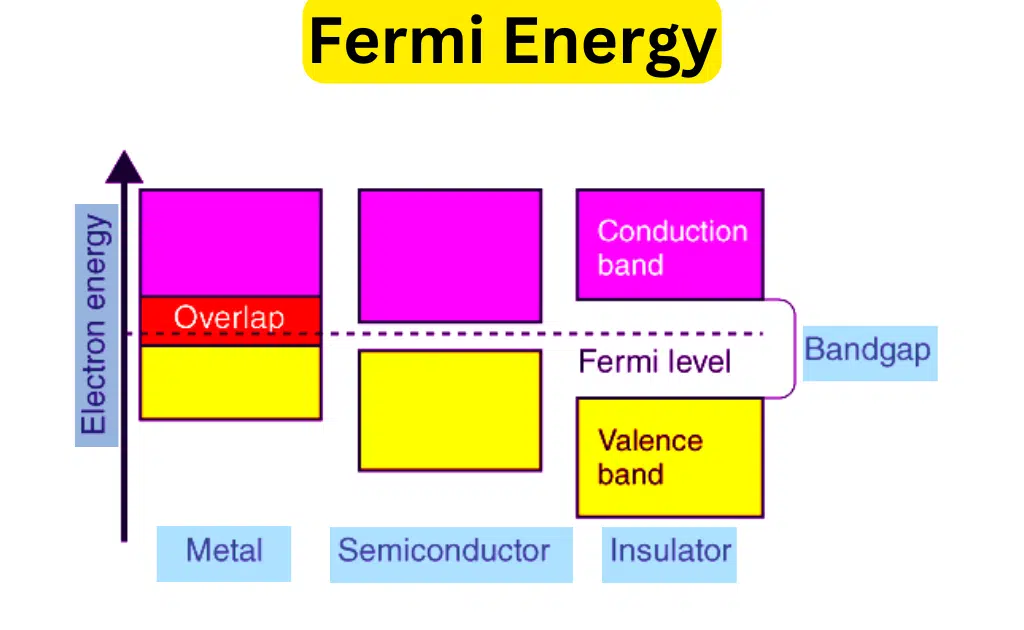Pair Production-Definition And Example
In the process of pair production, the energy carried by a photon is completely converted into matter, resulting in the creation of electron-positron pair.
Pair Production
This term is used to describe a process where two elementary particles get involved in one interaction.
For example, when a photon is interacting with an electron, it becomes a pair of electrons and positrons. When a proton is interacting with a neutron, it becomes a pair of protons and antiproton.

The process of producing pairs is known as pair production. Pair production is the interaction between the photons and the electrons, or photons and the quarks, or photons and the Higgs boson.
Why is Pair Production Important?
Pair production is very important in particle physics. When we talk about the structure of the atom, there are electrons, protons, and neutrons inside the nucleus.
There are also the anti-matter counterparts of all the above particles. They are called the anti-particles. So, the structure of the atom is the nuclei of the atom, and the nuclei of the atoms are surrounded by electrons and protons.
If we consider the hydrogen atom, then it is the nucleus of the atom and the electron is the cloud surrounding it. The mass of the atom is a measure of the total number of particles in the nucleus and the electron cloud. The electrons are the only particles that have a negative charge. So, when the electrons are removed, the mass of the atom reduces.
So, we can say that the mass of the atom is proportional to the number of electrons and protons present inside it. The electrons and protons are positively charged particles and they form the nucleus of the atom. So, whenever the number of electrons is reduced, the mass of the atom reduces.
When the number of electrons increases, then the mass of the atom increases.
But if the number of the electrons is same as the number of protons, then the mass of the atom remains the same. So, if the number of electrons and the number of protons remain the same, the mass of the atom remains the same.
This means that the number of protons is equal to the number of electrons and therefore the mass of the atom remains the same. The number of electrons and the number of protons is known as the total number of protons and the total number of electrons.
Pair Production Example
When an electromagnetic wave passes nearby the intense field of the atomic nucleus creation of the particles (electron and positron) takes place. Except for its electric charge i.e +ive, a positron is identical in all ways to an electron.
Since the charge of the system was initially zero, two oppositely charged particles must be produced in order to conserve charge.
- When low-energy photon such as ultra-violet photons interacts with matter the phenomenon is called the photoelectric effect.
- When a high-energy photon such as x-rays interacts with matter the phenomenon is called the scattering process of the Compton effect.
- Similarly when a very high-energy photon such as an interaction of radiation with matter is changed into electron-position pair.
The creation of two particles with equal and opposite charges is necessary for charge conservation. A positron has the same mass and charges as that of an electron but the charge on a positron is positive.
The positron is the antiparticle of electron or anti-electron. The particles move in opposite directions with respect to each other to conserve momentum.
The process takes place in the electric field of a heavy nucleus. The role of the heavy nucleus is only to conserve energy and momentum. This conversion of energy into matter is in accordance with Einstein’s equation E-mc2. This process is also called the materialization of energy.
The incident photon must have energy at least equal to the rest mass energy of the pair produced. Any excess energy of the photon will appear as the KE of the particles.
hfmin=moc2+ moc2
hfmin=2moc2
2moc2=2×9.1×10-31 × (3×108)2J
=163.8×10-15J
=163.8×10-15/1.6×10-19=1.02×106eV
=1.02 MeV
(hf)min =1.02MeV
Now according to the law of conservation of energy
hf=2moc2+(K.E)e-+(K.E)e+
From the equation, it is clear that the photon will be a gamma-ray photon. This process cannot take place in vacuum.







Leave a Reply